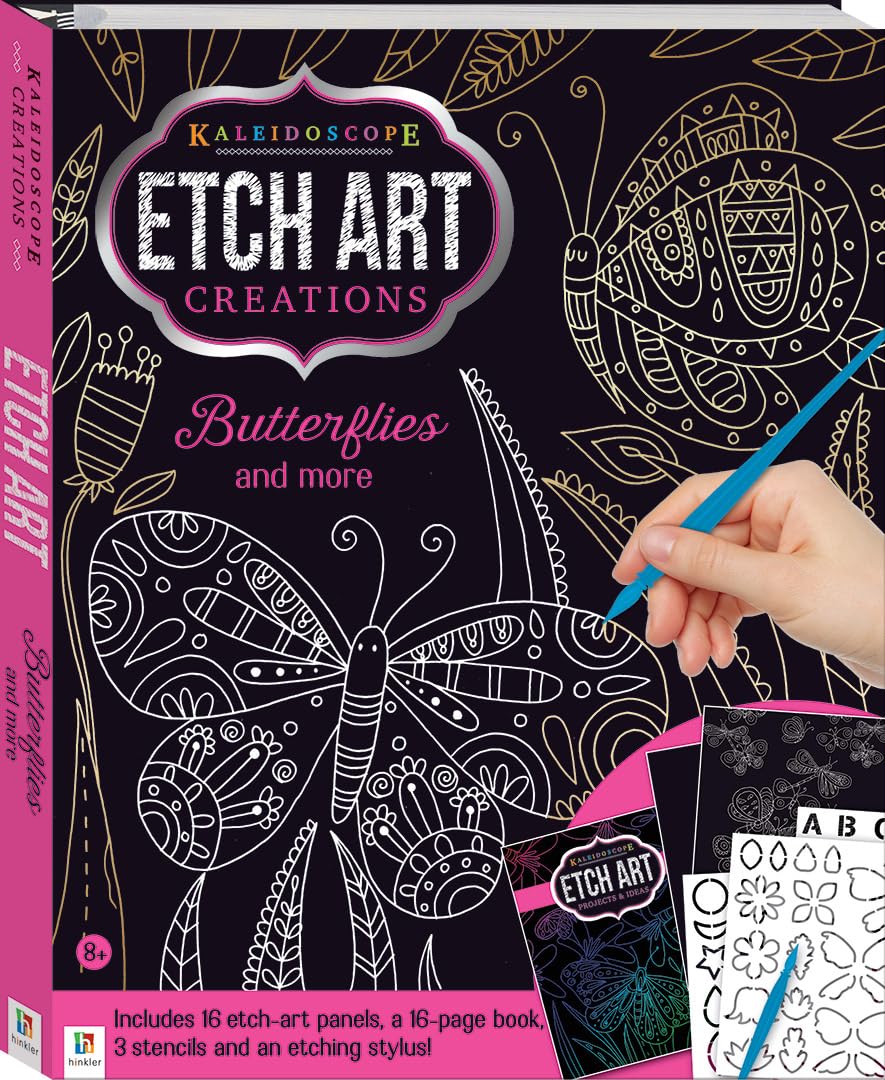About this deal
Copper engraving is the oldest technique and was very popular during the Renaissance. As the name suggests, it involves carving an image directly onto a copper plate. It could be quite difficult and involved a certain degree of metal-working skill.
Copper is a traditional metal, and is still preferred, for etching, as it bites evenly, holds texture well, and does not distort the color of the ink when wiped. Zinc is cheaper than copper, so preferable for beginners, but it does not bite as cleanly as copper does, and it alters some colors of ink. Steel is growing in popularity as an etching substrate. Increases in the prices of copper and zinc have steered steel to an acceptable alternative. The line quality of steel is less fine than copper, but finer than zinc. Steel has a natural and rich aquatint. Etchings have been hugely influential in art history, particularly in the development of printmaking.Light sensitive polymer plates allow for photorealistic etchings. A photo-sensitive coating is applied to the plate by either the plate supplier or the artist. Light is projected onto the plate as a negative image to expose it. Photopolymer plates are either washed in hot water or under other chemicals according to the plate manufacturers' instructions. Areas of the photo-etch image may be stopped-out before etching to exclude them from the final image on the plate, or removed or lightened by scraping and burnishing once the plate has been etched. Once the photo-etching process is complete, the plate can be worked further as a normal intaglio plate, using drypoint, further etching, engraving, etc. The final result is an intaglio plate which is printed like any other. Babin, Angela; McCann, Michael. "Intaglio Health and Safety: Overview". Chicago Artists Resource. Archived from the original on August 25, 2012. The second way to apply hard ground is by liquid hard ground. This comes in a can and is applied with a brush upon the plate to be etched. Exposed to air the hard ground will harden. Some printmakers use By working with a variety of trusted Range Plus Partners, we’re able to offer our customers a wider selection of products. The artist scratches an image into the ground using a burin (needle), exposing the metal underneath.
The plate is removed from the acid and washed over with water to remove the acid. The ground is removed with a solvent such as turpentine. Turpentine is often removed from the plate using methylated spirits since turpentine is greasy and can affect the application of ink and the printing of the plate. Cohen, Brian D. "Freedom and Resistance in the Act of Engraving (or, Why Dürer Gave up on Etching)," Art in Print Vol. 7 No. 3 (September–October 2017), 17. Billard, Jules B. (1989). "Jess D. Jennings, "Across an Arctic Bridge" ". The World of the American Indian, A volume in the Story of Man Library. Washington D.C.: National Geographic Society. p.47. ISBN 0870447998. Prior to 1100AD, the New World Hohokam culture independently utilized the technique of acid etching in marine shell designs. [31] The shells were daubed in pitch and then bathed in acid probably made from fermented cactus juice. [32] Controlling the acid's effects [ edit ] Young Girl in cafe with street-view, etching by Lesser Ury, 1924German master Daniel Hopfer invented the etched stroke technique at the beginning of the 16th century. The innovation delighted the artists-engravers: the speed of the plate processing, accurate reproduction of hand movements, clarity and subtlety of the stroke, the 500 sheets print run without loss of image quality made the etching graphics popular for five centuries. Draw on the etch-art panels with the stylus to uncover the bright foil or patterns underneath, making your creations burst with life! Soft-ground etching uses a special softer ground. The artist places a piece of paper (or cloth etc. in modern uses) over the ground and draws on it. The print resembles a drawing. Soft ground can also be used to capture the texture or pattern of fabrics or furs pressed into the soft surface. The art of etching is one of the oldest printmaking mediums—originating in the 15 th century and evolving out of techniques developed by armorers to decorate their wares.
 Great Deal
Great Deal 